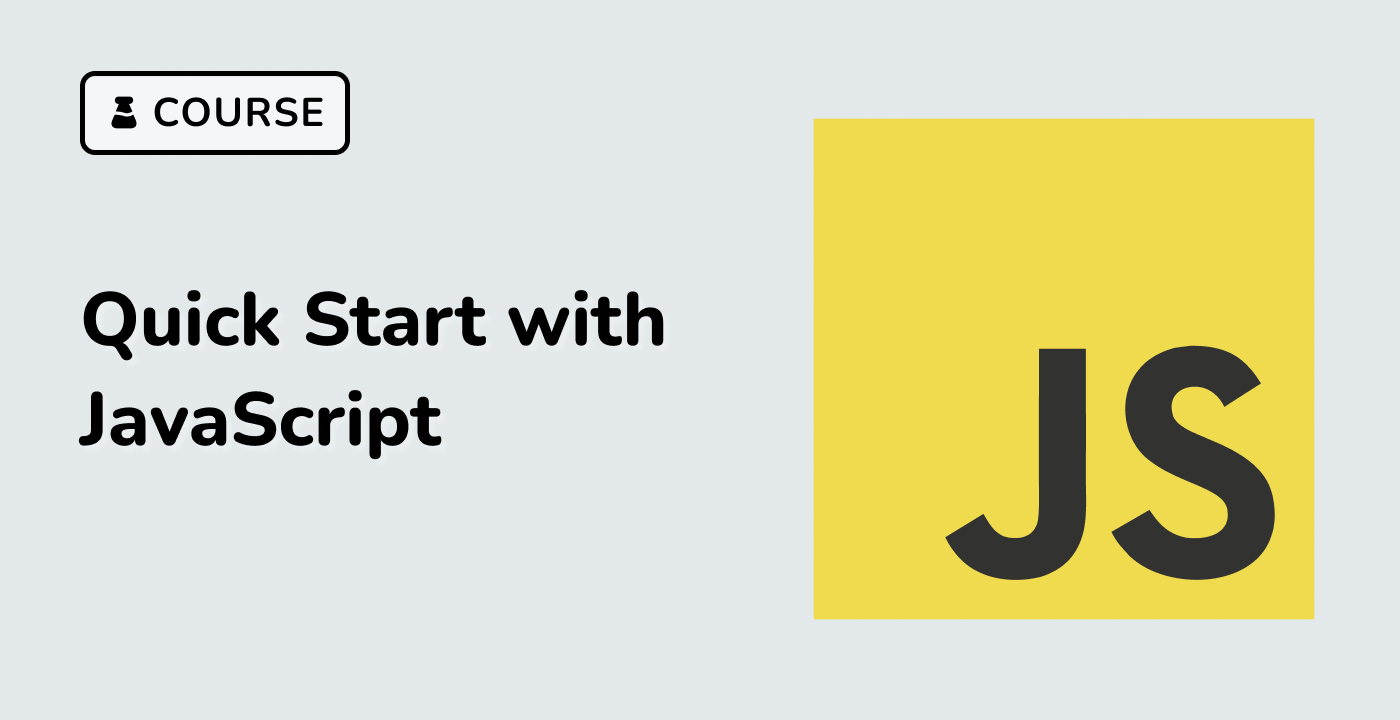CSV to JSON
To convert a comma-separated values (CSV) string to a 2D array of objects and use it to practice coding, open the Terminal/SSH and type node. The first row of the string is used as the title row. Here are the steps to convert CSV to JSON:
- Use
Array.prototype.indexOf() to find the first newline character (\n).
- Use
Array.prototype.slice() to remove the first row (title row) and String.prototype.split() to separate it into values, using the provided delimiter.
- Use
String.prototype.split() to create a string for each row.
- Use
String.prototype.split() to separate the values in each row, using the provided delimiter.
- Use
Array.prototype.reduce() to create an object for each row's values, with the keys parsed from the title row.
- Omit the second argument,
delimiter, to use a default delimiter of ,.
Here's the code:
const CSVToJSON = (data, delimiter = ",") => {
const titles = data.slice(0, data.indexOf("\n")).split(delimiter);
return data
.slice(data.indexOf("\n") + 1)
.split("\n")
.map((v) => {
const values = v.split(delimiter);
return titles.reduce(
(obj, title, index) => ((obj[title] = values[index]), obj),
{}
);
});
};
To test the function, use the following examples:
CSVToJSON("col1,col2\na,b\nc,d");
// [{'col1': 'a', 'col2': 'b'}, {'col1': 'c', 'col2': 'd'}];
CSVToJSON("col1;col2\na;b\nc;d", ";");
// [{'col1': 'a', 'col2': 'b'}, {'col1': 'c', 'col2': 'd'}];




